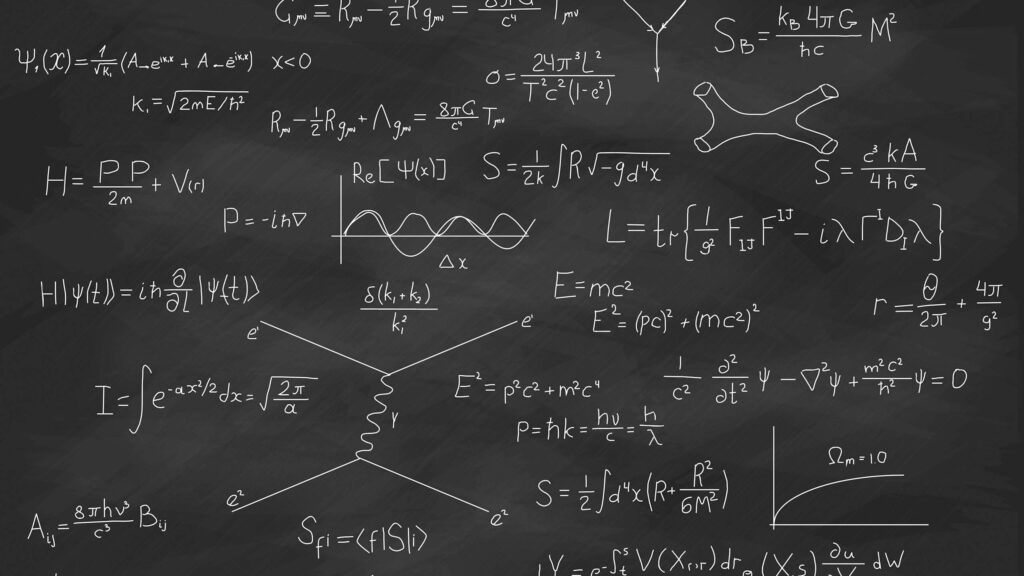
Introduction
The quest for a unified theory of physics, one that can explain the nature of the universe at its most fundamental level, has been a driving force in scientific exploration for decades. Among the many contenders, string theory stands out as a captivating and elegant framework that aims to reconcile the principles of quantum mechanics and general relativity. In this article, we will delve into the fascinating world of string theory, exploring its key concepts, implications, and ongoing research.
Unveiling the Foundation: Particles and Strings
At the core of traditional particle physics lies the concept of point particles, which are infinitesimally small entities with no spatial extent. However, string theory challenges this notion by proposing that the fundamental building blocks of the universe are tiny, vibrating strings. These strings can have various vibrational modes, which correspond to different particles in our observable universe. The vibrational patterns of the strings give rise to the diverse array of particles we observe, including photons, electrons, and quarks.
Extra Dimensions and Calabi-Yau Manifolds
To accommodate the existence of strings, string theory requires additional dimensions beyond the familiar three spatial dimensions (length, width, and height) and one dimension of time. These extra dimensions, often referred to as “compactified” dimensions, are assumed to be curled up or hidden at scales far smaller than we can currently detect. The theory suggests that there are six or seven of these compactified dimensions, forming a shape known as a Calabi-Yau manifold. The geometry of these hidden dimensions determines the properties of particles and their interactions in our observable universe.
The Multiverse and String Landscape
String theory proposes that our universe is just one among an immense “multiverse” of universes. Each universe in the multiverse may have different physical laws and fundamental constants, resulting in diverse properties and phenomena. This concept arises from the vast number of possible configurations of the extra dimensions in string theory, known as the “string landscape.” Exploring the string landscape is an active area of research, seeking to understand why our universe possesses the specific properties that make life possible.
Challenges and Ongoing Research
Despite its elegance and potential, string theory faces significant challenges. One such challenge is the lack of experimental evidence due to the high energy scales required to directly observe strings. However, researchers have made progress through indirect means, such as studying the mathematical consistency of the theory and exploring its connections to other areas, such as black holes and gauge theories.
Additionally, various formulations of string theory have emerged over the years, including Type I, Type IIA, Type IIB, Heterotic-O, and Heterotic-E, each with its own unique properties and mathematical structures. These formulations provide different perspectives and insights into the underlying nature of the theory.
Conclusion
String theory presents a captivating and promising framework for understanding the fundamental nature of our universe. By postulating that the fundamental constituents of reality are tiny vibrating strings, it offers a potential path toward unifying quantum mechanics and general relativity. While many challenges remain, ongoing research continues to push the boundaries of our understanding and explore the implications of this extraordinary theory. As scientists delve deeper into the mathematical intricacies and implications of string theory, we may one day understand the universe on its most fundamental level.









